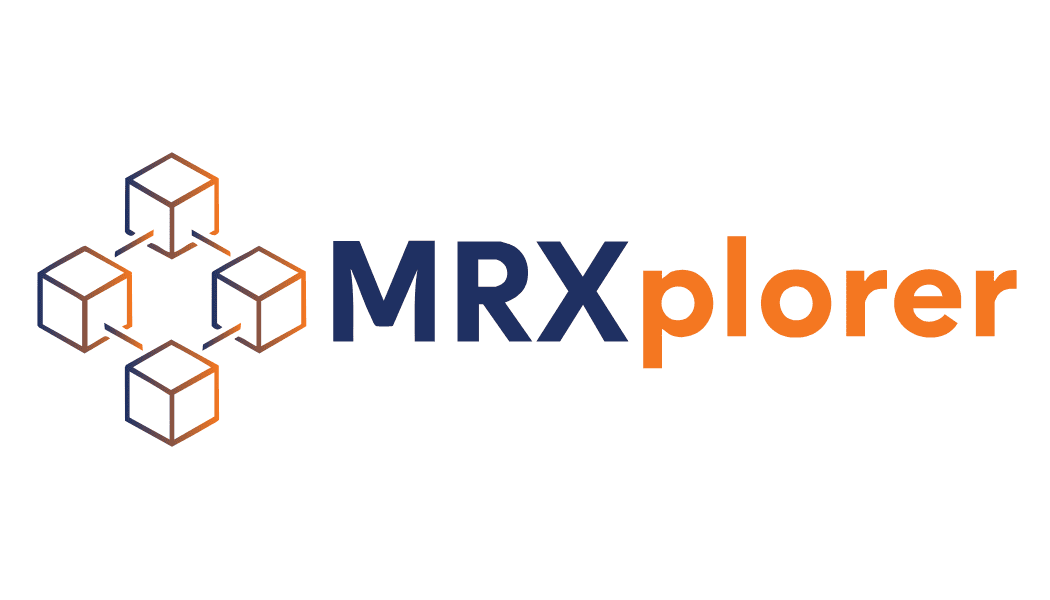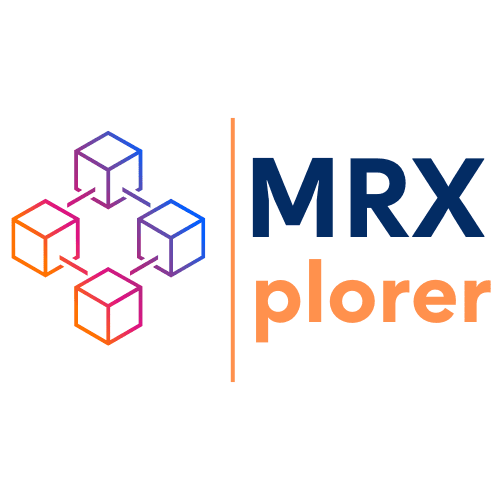The problem
68% of brands report struggling with siloed data and systems that prevent them from being able to create a single view of their customers across the entire customer journey.
Despite dedicated internal teams reviewing and updating marketing tech stacks, only 54% of respondents say they feel confident they’re selecting the right technology that will support them moving forward.
54% of respondents said they haven’t implemented AI solutions yet, but 48% said Gen AI has prompted them to start reviewing their tech stack to see where it could be integrated.
And, unfortunately, 53% of respondents said the tech they have right now isn’t able to support their goals of enhancing the customer experience. (All statistics pulled from the CDP Institute’s Mass Martech Modernization report published November 2024.)
While this report was focused on marketing technology stacks, these regularly include customer intelligence and market research technology. Is your tech stack empowering you to support improving the customer experience, or is it holding you back?
The solution
The first step to addressing all of these pain points is to clearly define the current state. From current research needs to current technology solutions, from technology usage to user experience, creating a clear picture of your starting point is essential.
The MRXplorer Current State Analysis Framework is designed based on my experience understanding what research teams need as a tech vendor, and what research teams experience as a brand-side insights professional. Created with the market researcher in mind, it’s focused on the unique experiences in the insights industry, like needing to combine data gathered from one platform with data from another platform to generate insights for your stakeholders. It also recommends measuring not only the return on investment in terms of cost, but in terms of effort required to use the technology - one of the hidden costs often missed when reviewing a tech stack.
The framework is composed of five steps:
Defining the organization’s data-supported business objectives.
Creating an inventory of existing tools including cost and ownership.
Measuring tool performance.
Identifying gaps, redundancies, and misalignments.
Documenting the recommendations based on organizational priorities.
The benefits
By the end of this process, you have an objective view of your tech stack and your business needs, and you can now create action plans to address the needs you’ve identified. Making scorecards for evaluating technology solutions becomes that much easier when you know what the tool needs to do for your team. And your team now has a living document that can be updated and refreshed as needs and technology evolve.
The framework is free to download on the MRXplorer Services page, as is a template for you to create your tech stack inventory. If you need support with this process, send me a note and we can discuss your needs.
Exciting times ahead
While the sound of an audit might sound a bit daunting, measuring how well your tech stack supports your organization’s data needs and your insights team goals will be worth it. It positions you to increase the value of your tech investments, better support your stakeholders, and move confidently towards a unified data strategy.
Are you ready to start transforming your tech stack?



